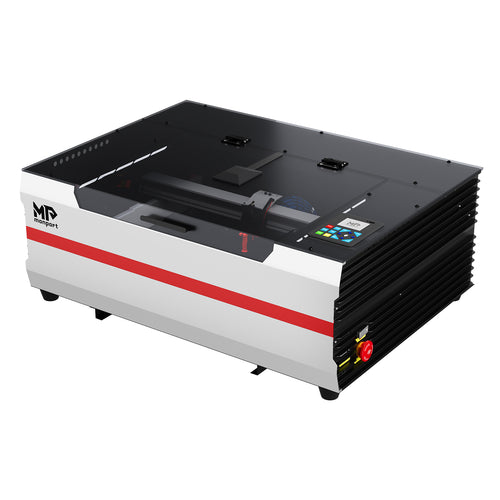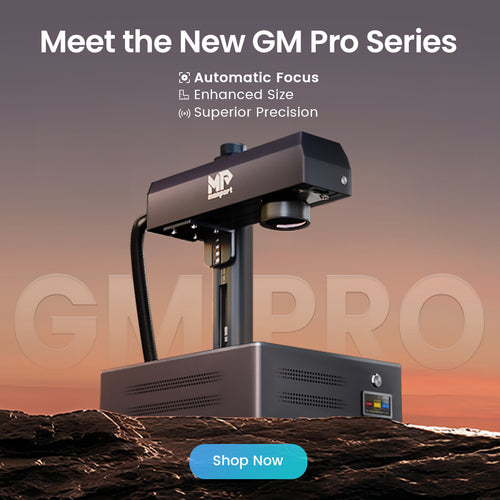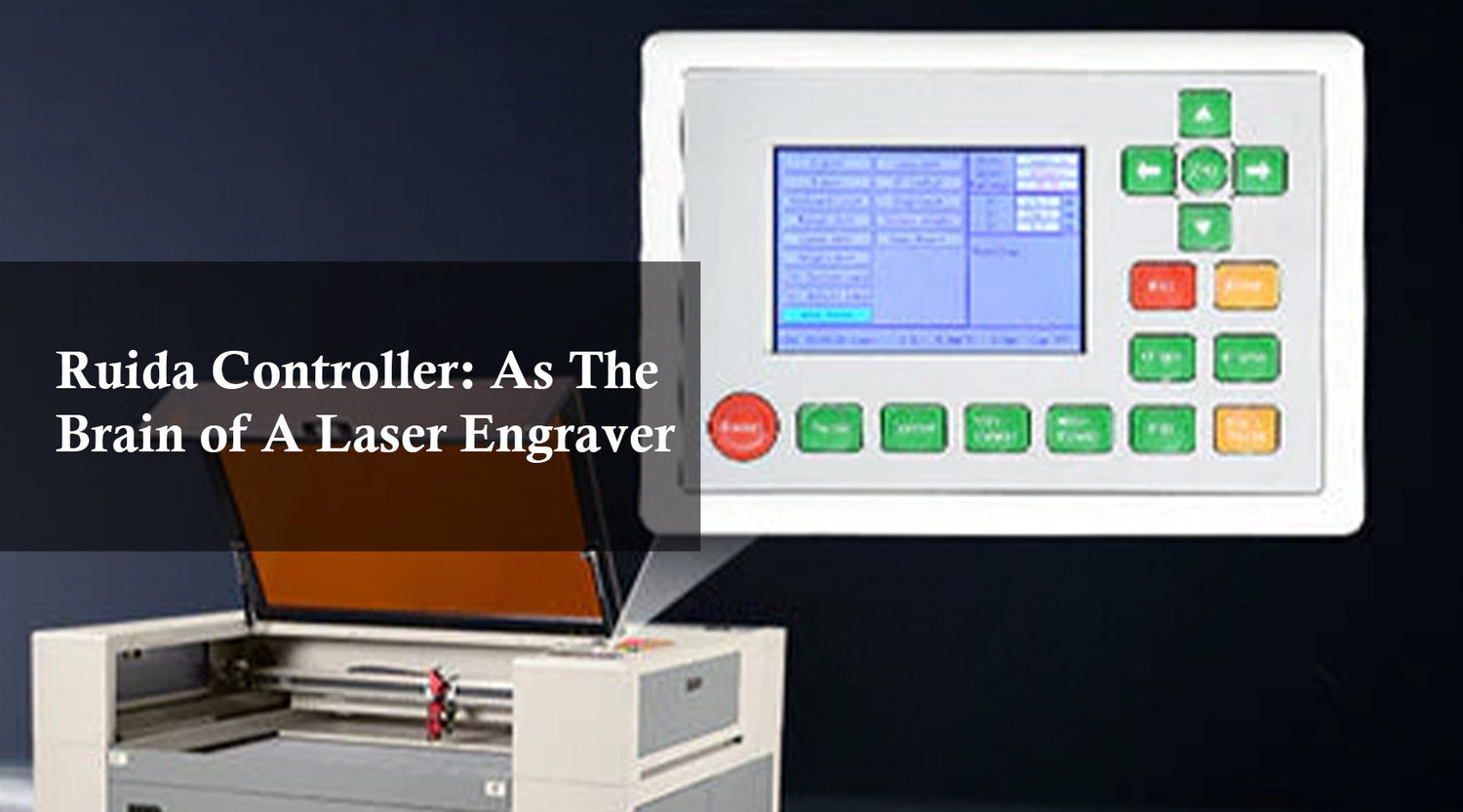Ⅰ. The association between CO2 laser engraving machine and model industry
Replicas of cars, airplanes, buildings, ships, animals, or any other objects are called models. The model can be a working copy, made to scale, or larger than the actual object. The working model is a life-size replica. They are usually used in industrial design before the actual manufacturing of a product, such as a car or airplane. The Natural History Museum uses life-size prehistoric animal models in its exhibits. The scale model has the same components as the original model, but its overall size will be scaled up or down. Scale models are useful for understanding things that are too small or too large to be understood in other ways. For example, a reduced model of the solar system allows careful examination of the relative sizes and positions of planets. A scale model that is larger than the original model is called a large model. Oversized models are usually made for educational purposes.
In addition to having educational value, building a model can also be a useful activity. This can also be a hard and demanding pastime, depending on the details of the model and whether the builder uses the kit. Some people use toothpicks or matchsticks to build scale models of structures such as the Eiffel Tower or St. Peter's Basilica. This type of project may be the work of a lifetime.
The model can be made of almost any solid material. Traditionally, they are made of wood, clay, metal, cloth, paper or stone. Today there are newer materials, especially plastic, cement and acrylic paint. Hobby shops, toy shops, and handicraft shops sell kits for making model cars, airplanes, ships, rockets, engines, animals, birds, plants, robots, and countless other items.
Commercial kits usually include all the parts needed to make the model, with the exception of cement and tools. It is generally recommended to use polystyrene cement for bonding. Usually the object is molded in an appropriate color and provided with decals for decoration. Then very little painting is needed. The few tools required are not expensive. Usually, these parts can be assembled together without the use of any tools. The authenticity of the commercial kits is very accurate because their design is based on the actual blueprint of the real thing. The parts are prefabricated and designed to fit together perfectly.
The development of small motors has greatly increased people's interest in working models or mobile scale models. Micro electric, gasoline, steam and jet engines can be installed in model airplanes, cars, trains and any other models with moving parts. Some model airplanes and cars can also be operated by radio remote control.
Ⅱ. CO2 laser engraving machine VS traditional engraving machine: differences and advantages
Differences:
The biggest difference is that laser engraving machines use light; traditional engraving machines use metal knives.
Secondly, laser engraving or marking is non-contact with the material, so there is no tool loss caused by engraving, which reduces the potential for unqualified products at the same time. And the laser marking can be more durable. Marking machine, concise and clear. Although sometimes it takes time to repeatedly experiment to find out the appropriate parameter settings, laser engraving is still much faster than traditional mechanical engraving. Due to the completely different engraving principles, lasers can engrave many materials that cannot be engraved by traditional engraving methods, including wood, rubber, and so on. In addition, the same laser engraving machine can not only engrave but also cut sheets that are not very thick.
Advantages:
- High efficiency. Laser engraving technology can achieve engraving, cutting, and polishing at the same time, while traditional engraving techniques, such as mechanical engraving, cannot complete the three at the same time.
- Save material cost. Laser engraving uses advanced laser technology for processing, which is non-contact processing, which avoids scratching the work piece; while traditional mechanical engraving must contact the work piece, and the work piece needs to be fixed, which will scratch the work piece and cause waste of materials.
- Energy saving, environmental protection and no noise. Laser engraving has low energy consumption, no noise, and no pollution. It is an energy-saving and environmentally friendly processing method; traditional engraving methods will cause noise pollution and require large energy consumption.
- High precision and fast speed. The CO2 laser engraving machine can engrave extremely fine parts with a good engraving effect; traditional engraving methods cannot achieve this level.
- Industry renewal capability. The development of laser engraving technology has driven the renewal of laser engraving equipment, has also provided customers with better choices, and has accelerated the development of the engraving industry.
- Low thermal influence. Compared with traditional welding and cutting methods, laser processing does not need to generate high temperature, thereby minimizing the damage to the base material and coating material;
- The material deformation is small. A large amount of material deformation can be controlled within a few hundredths of a millimeter.
- The surface of the finished product is clean and no post-treatment is required. The surface of the processed material will be very clean and smooth. Most of steel, aluminum and alloys; after laser processing, the surface of the material will not be significantly deformed or damaged, and the appearance and characteristics of the original material are maintained to the greatest extent.
- Single side processing without contact. Because the working principle of laser is non-contact beam focusing, only one side needs to act on the material at a certain distance.
Therefore, the advantages of laser engraving machines are more and more widely used in industries such as models, advertising signs, plexiglass products, clothing processing, leather processing, and product marking.
CO2 laser technology is becoming more and more popular in architecture, construction and even interior design. The benefit for everyone is the ability to quickly draw the design in a CAD program such as CorelDraw, and then import and create the 2D or 3D design with unparalleled precision and detail.
What materials can the CO2 laser engraving machine be used on:
Whether you are a hobbyist or an engineer, you can use laser cutting machines and engraving machines to use various consumables to turn all types of complex model designs into reality, including:
- Acrylic fiber
- Wood
- Fabric
- Glass
- Paper
- Cardboard
- Foam
- Plastic
- Single board
- ABC plastic mold
- Multilayer board
Ⅲ. Application of CO2 laser engraving machine in model industry:
1. Make a sand table building model
Architectural production methods:
The building will be constructed with reference to the flat and elevation drawings provided by Party A, using CAD drawing and engraving software for drawing. The architectural colors will be sprayed according to the renderings provided by the color spray process, and the building production process will be seamlessly carved with CO2 Laser Caving. Splicing and forming, the curtain wall is made of imported PVC profiles.
Materials used in the sand table building model:
The building body is made of 1.2-thickness ABS board, which is not easy to deform, ensuring the texture of the building body. The wall needs to be made of ABS rubber sheet and imported acrylic, which is made by computer drawing. The model chassis bracket is made by splicing 12 pieces of steel frames, and the base bracket material for the model is made of uniform specification steel. The first floor of the sand table is spliced with 15 mm double-sided fireproof density board, which is directly fixed with the steel frame by 30 mm dovetail wire. Combination of blocks for easy installation and maintenance.
2. Airplane model
Flight models include gliders, joystick models, cabin models, solid models, and flight models driven by rubber bands, gas or jet engines, electric or radio control.
Many model enthusiasts prefer to make physical scale models because it allows them to replicate famous airplanes in miniature ways. Solids can be made by cutting off soft woods such as balsa wood. They can also be made from prefabricated plastic materials included in commercial kits.
The flight model is made of a lightweight frame covered with tough tissue paper or lightweight fabric. This covering is coated with a waterproof liquid called paint. Sometimes microfilm, a thin plastic liquid, is used. Most commercial kits include everything needed to build a flight model.
Model motorboats driven by gasoline or electric motors are also popular. Interest in radio control models has grown rapidly. Other working models, some large enough to carry an operator, have been used in movie scenes for many years.
3. Ship model
The size of ocean-going ship models ranges from scaled up miniature models to working models. Miniatures can be crafted, hand-carved and painted sailboats or plastic models of modern warships. Miniatures are mainly decorative. Others are used in classrooms, ship designs or toys.
The ship mold displayed in the museum has important historical value. Many were originally manufactured for purposes related to ship design. Others are built specifically for display. The latter may be the highest embodiment of the craftsmanship of the model maker. Maritime museums-such as the museum in Greenwich, England; Oslo, Norway; and the United States Naval Academy-exhibit hundreds of model ships, covering all types and periods of sea ships.
Life-size ship working models are widely used in maritime and naval academies. In these models, students can learn the names of ship components and develop skills in rigging, cargo handling, stowage, ballasting and damage control.
4. House model
Often referred to as dollhouses, these miniature buildings seem to have originated in Germany. Most dollhouses from before the 20th century are now in museums or in private collections. Whether old or new, the model houses and shops are known for the exquisite details and craftsmanship of the buildings and furniture-many of them are very small. Interior furnishings, including porcelain, are usually made by some of the most well-known companies in the industry.
Many model houses from continental Europe are called cabinet houses because they are small rooms built in cabinets, usually with doors in front. In the UK, dollhouses are not so closed. Both inside and out, they are obvious houses. Freeing the house from the external cabinets, any popular architectural style can be used in its design. The interior furnishings match and coordinate with the times.
Our CO2 laser engraving machine has a unique advantage in the model making industry, and is the best choice for your own creation or commercial use. Why not act now? With a single click, you can Monport and start your laser engraving journey.







